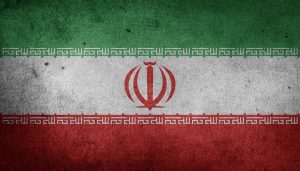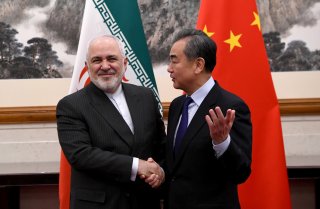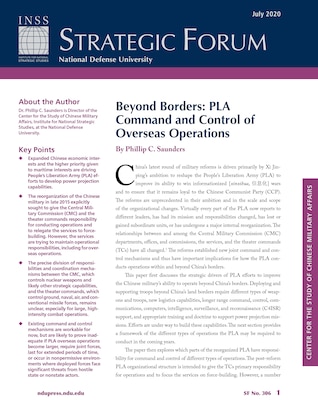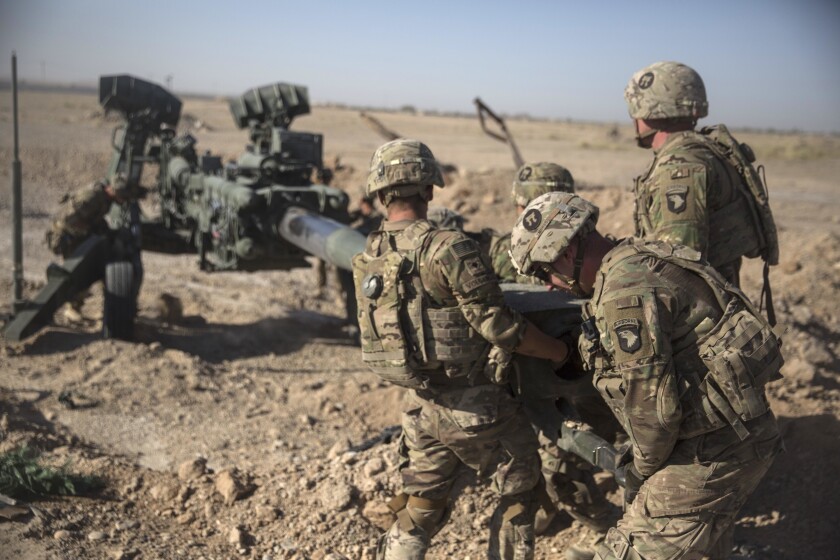Tibetans encountered Chinese Communists for the first time during the Long March of the mid-1930s, when Mao’s Red Army evaded the Nationalist forces by heading west and north through the Tibetan plateau. The famished Chinese soldiers picked the fields bare. They stole yaks, sheep and grain (though some of them, reluctant to jettison the Communist principle of helping the rural poor, left i.o.u.s). They swept through monasteries, melting down copper urns for shrapnel, ripping up floorboards for firewood, sitting on sacred scroll paintings and eating boiled yak hide torn from temple drums. They were delighted to discover that tormas — votive offerings made of barley flour and butter — were also edible. Some tormas are sculpted in human form, and the soldiers, assuming they were committing a sacrilege but too hungry to care, believed they were eating statues of the Buddha.
Hence the title of “Eat the Buddha,” a brilliantly reported and eye-opening work of narrative nonfiction by Barbara Demick, the former Beijing bureau chief of The Los Angeles Times, on the history of Tibetan resistance to Chinese domination. Demick centers the book in and around the town of Ngaba, on the eastern plateau. I was initially disappointed to learn that Ngaba isn’t in the Tibet Autonomous Region — the territory, governed by China, whose capital is Lhasa and which most of us think of as Tibet — but rather in Sichuan, one of the four Chinese provinces in which the majority of Tibetans live. I assumed that Demick hadn’t focused on the TAR because of access problems: Visiting journalists must obtain permission from the Chinese government, which is rarely granted, and are usually required to travel with supervised tours. But it soon became apparent that Ngaba — which has access challenges of its own, though more surmountable ones — was exactly the right place to write about. Nowhere else, inside or outside the TAR, has been a more intense hotbed of Tibetan political unrest.









/cloudfront-us-east-1.images.arcpublishing.com/mco/KZFB2GQCZJB7JF4HDQMP2ENZ5Y.jpg)




